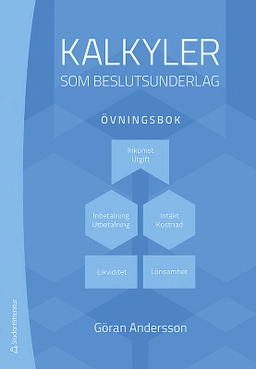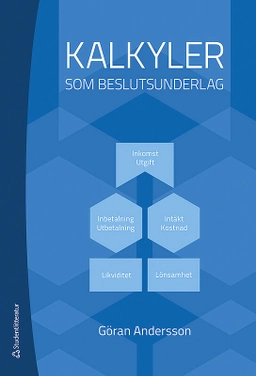Most theorists who have explored the human psyche have viewed it as inhabited by subpersonalities. Beginning with Freud's description of the id, ego, and superego, these inner entities have been given a variety of names, including internal objects, ego states, archetypes and complexes, subselves, inner voices, and parts. Regardless of name, they are depicted in remarkably similar ways across theories and are viewed as having powerful effects on our thoughts and feelings.
In his important new book, Richard C. Schwartz applies systems concepts of family therapy to this intrapsychic realm. The result is a new understanding of the nature of people's subpersonalities and how they operate as an inner ecology, as well as a new method for helping people change their inner worlds. Called the Internal Family Systems (IFS) model, this approach is based on the premise that people's subpersonalities interact and change in many of the same ways that families or other human groups do. The model provides a usable map of this intrapsychic territory and explicates its parallels with family interactions.
The IFS model can be used to illuminate how and why parts of a person polarize with one another, creating paralyzing inner alliances that resemble the destructive coalitions found in dysfunctional families. It can also be utilized to tap core resources within people. Drawing from years of clinical experience, the author offers specific guidelines for helping clients release their potential and bring balance and harmony to their subpersonalities so they feel more integrated, confident, and alive. Schwartz also examines the common pitfalls that can increase intrapsychic fragmentation and describes in detail how to avoid them. Finally, the book extends IFS concepts and methods to our understanding of culture and families, producing a unique form of family and couples therapy that is clearly detailed and has straightforward instructions for treatment.
Offering a comprehensive approach to human problems that allows therapists to move fluidly between the intrapsychic and family levels, this book will appeal to both individual- and family-oriented therapists. Easily integrated with other orientations, the IFS model provides a nonpathologizing way of understanding problems or diagnoses, and a clearly delineated way to create an enjoyable, collaborative relationship with clients.
Åtkomstkoder och digitalt tilläggsmaterial garanteras inte med begagnade böcker





















